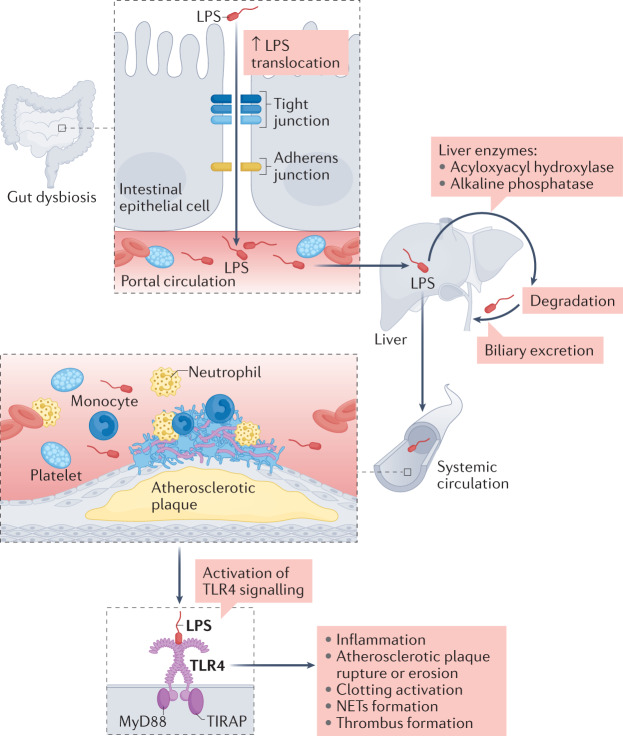Fig. 1. Interplay between low-grade endotoxaemia and vascular disease.
Lipopolysaccharide (LPS) can translocate into the systemic circulation as a consequence of downregulation of intestinal adhesion proteins induced by gut dysbiosis. LPS is metabolized by liver cell enzymes and excreted through the bile. However, if degradation and biliary excretion are impaired, LPS can reach the systemic circulation. In the arteries, LPS can bind to Toll-like receptor 4 (TLR4) in leukocytes, endothelial cells and platelets. TLR4 activation leads to the recruitment of the TIRAP–MyD88 complex and downstream signalling, eliciting an inflammatory response that induces plaque instability (which can lead to rupture and erosion), leukocyte activation with the formation of neutrophil extracellular traps (NETs), clotting activation and thrombus formation.

